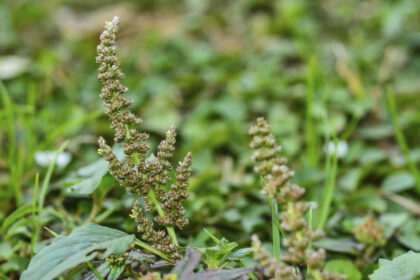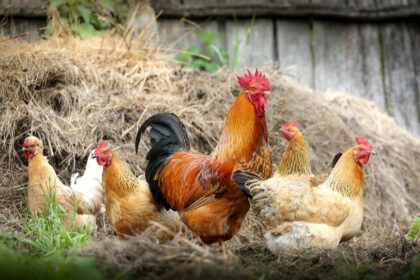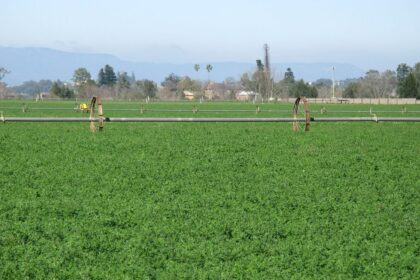Beetroot farming in Kenya is not quite popular as many individuals are unfamiliar with this fruit type. Beetroots grow like onions and are commonly known by their scientific name Beta Vulgaris.
Beetroots are always associated with many health benefits, such as the source of Potassium, Vitamin C, fiber, manganese, iron, and folate (vitamin B9).
In addition to vitamin supplements, beetroots can be eaten raw in puddings, cooked in broth, or drunk in cocktails and fruit juices. Beetroot leaves are also edible, like spinach.
So, without wasting any more time talking about beetroot’s health benefits. How about we learn how to farm, harvest, and market it?
Beetroot Farming In Kenya: Soil Requirement
Beta Vulgaris does well in soils with a PH of 5.8-8.0. And as usual, it is always recommended to taste your soil for acidity levels if you plan on planting any crop.
Too many acid levels in the soil always affect most crops’ growth by causing a deficiency of essential nutrients.
Land Preparation
Beetroot seeds are sown directly in the fields as there is no need for a seedbed. We, therefore, advise preparing and tilling your area to a depth of 15-20cm. You are also encouraged to remove dirt and other unwanted twigs, shrubs, decaying plants, and tree stumps.
Prepare the soil in the field by mixing it with compost manure and making terraces or fields by creating ridges.
Then lift the ridges upwards to maintain good air circulation and transport water correctly. Get rid of dirt, including decaying plants.
Beetroot Farming In Kenya – Planting
Once the field is dirt-free, prepare ridges 1m apart by adding cow dung manure and mixing well with the soil. Next, create rows 20-25cm apart on top of the seams. Start sowing the seeds to a depth of 1-2.5cm deep and 10cm apart in the rows created.
Next, cover the seeds with light soil and dry mulching to include your field. If there is insufficient rainfall, you’ll need to water the area twice daily, morning and evening. Beetroots take about 5-12 days to germinate.
Applying Fertilizer
I recommend using cow dung manure every seven days and watering for fertilizer. You can also use industrial fertilizer NPK (Nitrogen, Phosphorus and Potassium) in a good ratio.
Pests and Diseases Control
Let us look at some of Kenya’s most common pests and diseases that affect beetroot farming.
Aphids
Aphids come in different colors and sizes. For example, some have a dark brown color, while others are green.
Aphids are 2mm long and love sitting underneath the leaves while sucking and enjoying the leaf tissue’s fluids. This behavior, in turn, will lead to sheet twitching and drying.
Prevention
Use Attakan cc 344e and Abamectin, among other insecticides. Crop rotation regularly will also help in getting rid of these pests.
Plant Rust
Plant rust causes the crop to have tiny orange or red-brown patches. This type of disease doesn’t significantly affect the plant and can be ignored most of the time.
Downy Mildew
The most common symptoms of this disease are when the leaf turns yellowish and completely brown. But then again, you can also see a grey color under the blade of the plant.
Harvesting
A good farmer can harvest 1000 and 1500kg of beetroots for an acre of land. Use your hands to pull the beetroots by the leaves from the ground.
Conclusion
Kenya is a country that is known for its agriculture. One of the main crops that is grown in Kenya is Beetroot.
There are many reasons why Beetroot farming in Kenya is successful. The climate and soil are perfect for growing Beetroots, and many companies are interested in buying Kenyan-grown Beetroots.
Additionally, the farmers who grow Beetroots receive a good price for their crop, which helps to support their families.
Finally, the government provides incentives to farmers who grow beetroots, encouraging more people to get involved in this type of farming. All of these factors contribute to the success of Beetroot farming in Kenya.













